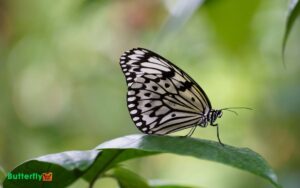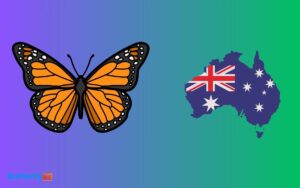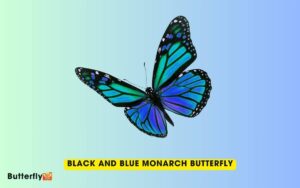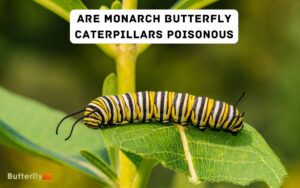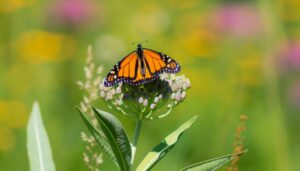10 Steps to Draw the Perfect Outline of a Monarch Butterfly
The Monarch butterfly (Danaus plexippus) exhibits distinctive orange wings adorned with black veins and white spots, spanning 9-10 centimeters. Undergoing four life stages—egg, larva, pupa, and adult—it completes a remarkable annual migration of up to 3,000 miles between North America and Mexico.
Preferring habitats rich in milkweed and nectar sources, the Monarch plays an essential role in pollination and ecosystem stability. However, threats such as habitat loss, climate change, and pesticide use jeopardize their survival.
Conservation efforts are vital to sustaining population recovery and ensuring this iconic species' continued existence. Explore the complexities of this remarkable butterfly further.
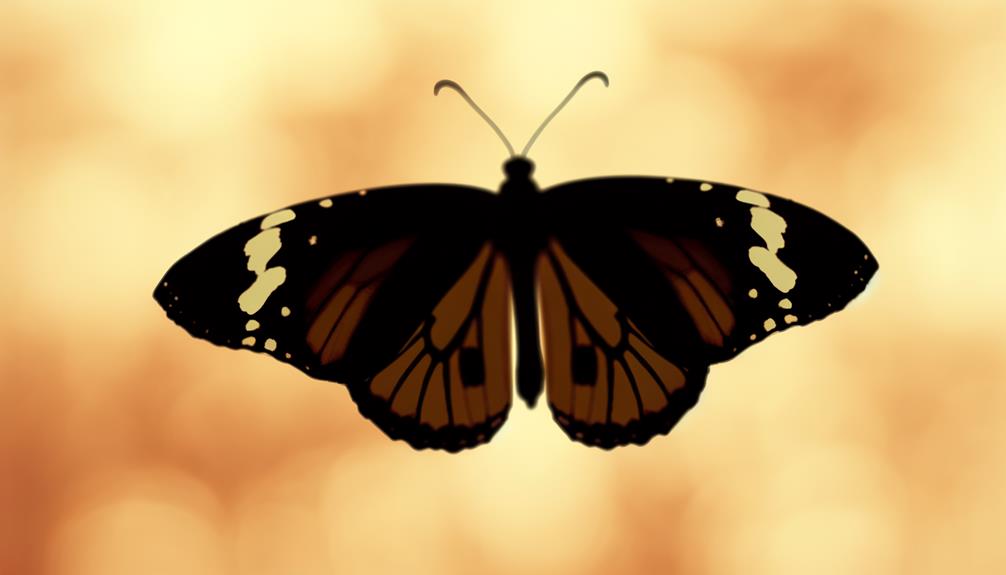
Key Takeaways
- Monarch butterflies have vibrant orange wings with black veins and white spots.
- Their life cycle includes egg, larva, pupa, and adult stages.
- Monarchs migrate up to 3,000 miles between North America and Mexico.
- They rely on milkweed for breeding and nectar from flowering plants.
Physical Characteristics
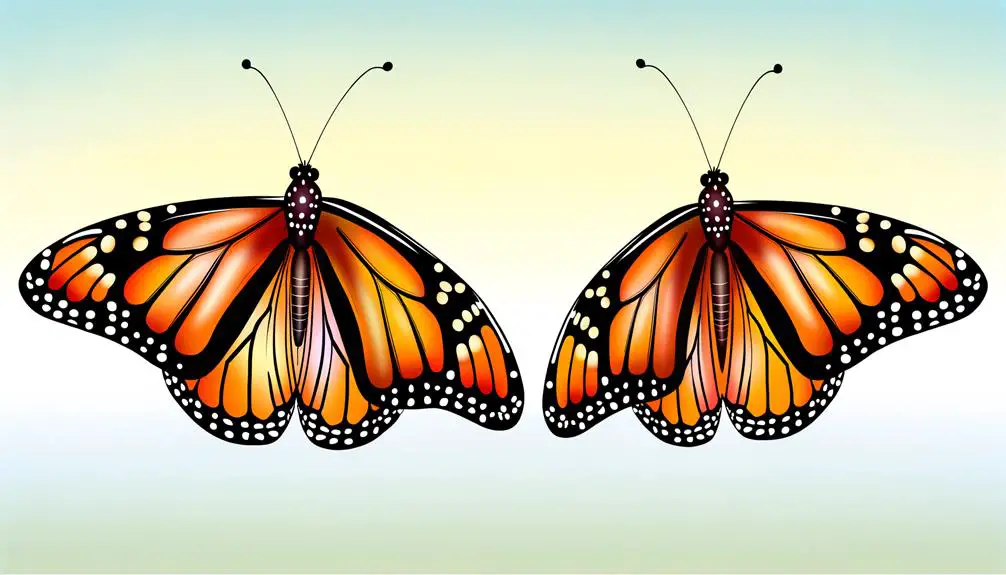
The Monarch butterfly (Danaus plexippus) exhibits distinct physical characteristics, including a wingspan ranging from 9 to 10 centimeters and vibrant orange wings with black and white markings.
The dorsal side of the wings showcases a bold orange hue intersected by black veins and bordered with white spots. The ventral side is paler, aiding in camouflage.
Monarchs possess sexually dimorphic traits; males feature a pair of black scent glands on their hindwings, absent in females.
The antennae are black, serving as critical sensory organs. The body is mainly black with white spots, and the thorax is densely covered in scales.
These physical attributes facilitate efficient thermoregulation, predation avoidance, and long-distance migration.
Life Cycle
Monarch butterflies undergo a complex life cycle comprising four distinct stages: egg, larva (caterpillar), pupa (chrysalis), and adult.
The initial egg stage lasts approximately 3-5 days, during which the egg adheres to the underside of milkweed leaves.
Upon hatching, the larva initiates a rapid growth phase, molting five times over 9-14 days.
The caterpillar then forms a chrysalis, entering the pupal stage, which spans 10-14 days. During this period, metamorphic processes transform the larva into an adult butterfly.
The adult stage is characterized by a lifespan of 2-6 weeks, except for the final generation of the year, which can live up to 8 months to facilitate overwintering.
This life cycle guarantees population sustainability and genetic diversity.
Migratory Patterns

Starting on one of the most remarkable migratory journeys in the animal kingdom, Danaus plexippus traverse vast distances, covering up to 3,000 miles between their breeding grounds in North America and overwintering sites in central Mexico.
This transcontinental migration is facilitated by a combination of environmental cues, including photoperiod changes and temperature gradients. Observations indicate that monarchs utilize thermal updrafts and favorable wind currents to conserve energy during flight.
Significantly, the journey involves multiple generations, with individual butterflies completing only part of the round trip.
Satellite tracking and tagging studies have provided precise data on their flight paths and stopover sites, revealing a sophisticated navigation system that remains a subject of ongoing research and fascination.
Habitat and Diet
Monarch butterflies mainly inhabit open fields, meadows, and prairies where milkweed plants, their host plants, are abundant.
Their diet consists primarily of nectar from a variety of flowering plants, including milkweed, goldenrod, and asters, which provide essential nutrients for energy and reproduction.
These butterflies demonstrate a strong preference for regions that offer both adequate nectar sources and suitable breeding sites for oviposition.
Preferred Natural Environments
The preferred natural environments of Danaus plexippus, commonly known as the monarch butterfly, encompass a variety of habitats including meadows, grasslands, and open fields where milkweed, their primary larval host plant, is abundant and nectar-producing flowers are readily available for adult sustenance.
These ecosystems provide essential resources for various stages of their life cycle.
- Meadows: Rich in milkweed species and diverse nectar sources, critical for larval development and adult energy needs.
- Grasslands: Offer open spaces that facilitate thermoregulation and efficient foraging.
- Open Fields: Provide ample sunlight and low vegetation, aiding in predator avoidance and successful breeding.
Such habitats are fundamental for monarchs, supporting their migratory patterns and ensuring population stability through adequate food supply and suitable breeding grounds.
Nectar Sources and Host Plants
In analyzing the dietary requirements of Danaus plexippus, it is vital to note that their primary larval host plants consist of various species of milkweed (Asclepias spp.), while adult butterflies mainly rely on nectar from a diverse range of flowering plants. Milkweeds provide essential cardiac glycosides, important for larval development and chemical defense. Adult monarchs exhibit a preference for nectar sources with high carbohydrate content to fuel their extensive migratory journeys. Below is a table summarizing key nectar sources and host plants:
| Life Stage | Primary Plant Type | Notable Species |
|---|---|---|
| Larval | Host Plants | Asclepias tuberosa |
| Adult | Nectar Sources | Lantana camara |
| Adult | Nectar Sources | Asclepias curassavica |
This dual dependency underscores the importance of conserving diverse plant habitats.
Ecological Impact
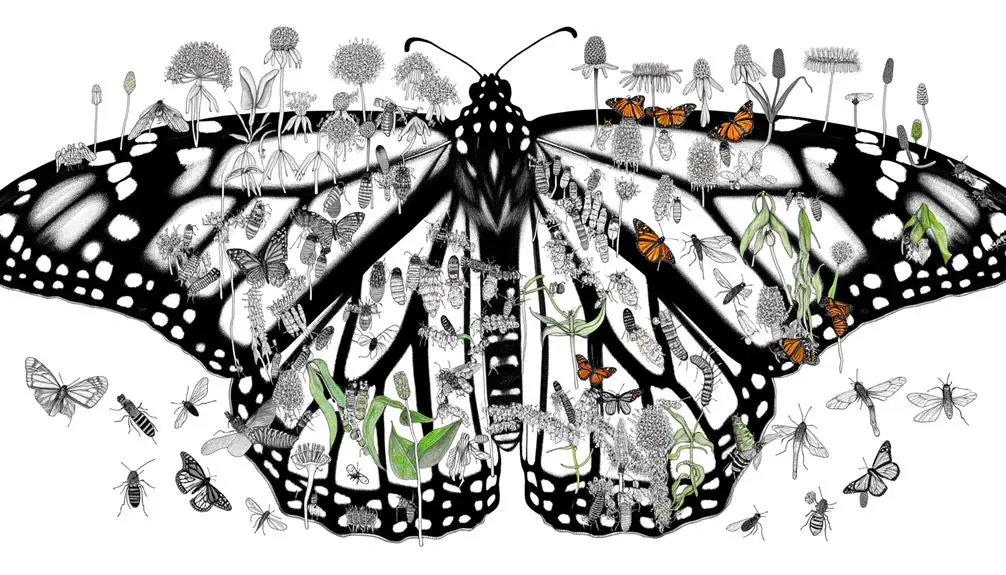
Monarch butterflies play a significant role in pollination, contributing to the reproductive success of various flowering plants through their migratory patterns.
Their presence in the food chain is equally essential, serving as prey for birds, small mammals, and other predators, consequently maintaining ecological balance.
Quantitative studies indicate that a decline in monarch populations can disrupt these intricate ecological relationships, highlighting their importance in ecosystem stability.
Pollination and Plant Health
Pollination activities by monarch butterflies greatly contribute to the reproductive success of various flowering plants, thereby enhancing ecosystem biodiversity and plant health. Monarchs exhibit specific foraging behaviors that facilitate cross-pollination, leading to increased genetic variability and resilience in plant populations.
Detailed observations have identified their role in maintaining ecological balance through several mechanisms:
- Enhanced Genetic Diversity: Monarchs promote outcrossing, which introduces genetic variation, essential for plant adaptability and survival.
- Increased Seed Production: Effective pollination by monarchs results in higher seed set, ensuring the propagation of plant species.
- Support for Keystone Plants: By pollinating key species, monarchs sustain plants that provide habitat and food for other organisms.
This multifaceted impact underscores the monarch's integral role in sustaining plant health and ecosystem stability.
Food Chain Dynamics
Beyond their role in pollination, monarch butterflies also considerably influence food chain dynamics through their interactions with various trophic levels.
As larvae, they consume milkweed, sequestering toxic cardenolides, which render them less palatable to predators. This forms a critical defense mechanism that impacts predatory species, including birds such as the black-backed oriole (Icterus abeillei) and black-headed grosbeak (Pheucticus melanocephalus).
Additionally, monarch caterpillars are prey for parasitoid wasps, illustrating their role in sustaining predator populations.
Adult monarchs serve as both pollinators and prey for avian species, hence contributing to energy transfer within ecosystems.
Their migratory patterns also facilitate nutrient distribution across vast geographical regions, underscoring their ecological significance in maintaining biodiversity and ecosystem resilience.
Threats and Challenges
Numerous environmental and anthropogenic factors have considerably contributed to the decline in the monarch butterfly population, posing severe threats to its survival. The primary challenges include:
- Habitat Loss: Deforestation and urbanization have drastically reduced the availability of milkweed, the monarch's sole larval host plant, and critical roosting sites.
- Climate Change: Fluctuations in temperature and precipitation patterns disrupt migration cycles and breeding behavior, leading to reduced reproductive success.
- Pesticide Use: Widespread application of herbicides and insecticides in agricultural practices has led to significant mortality rates and diminished food sources.
These multifaceted threats demand immediate attention to prevent further declines and guarantee the viability of the monarch butterfly populations worldwide.
Conservation Efforts
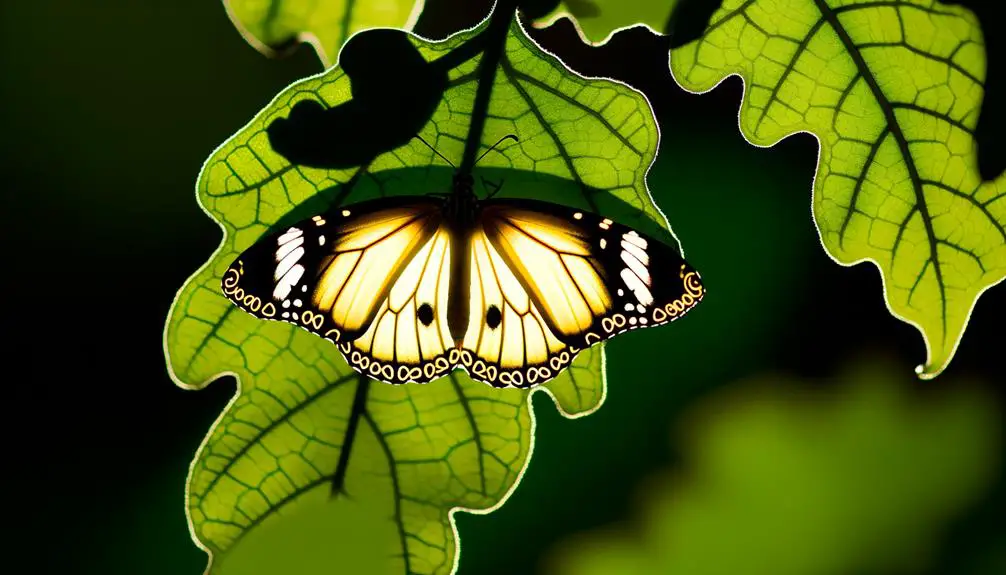
In response to the critical threats facing monarch butterflies, concerted conservation efforts have been implemented to restore habitats, regulate pesticide use, and mitigate climate change impacts.
Restoration initiatives include the establishment of milkweed corridors, essential for monarch larvae, across North America. The Monarch Joint Venture, comprising over 80 organizations, collaborates to enhance breeding habitats.
Pesticide regulation focuses on reducing neonicotinoid usage, which is detrimental to milkweed and consequently the monarch population.
Climate change mitigation involves planting resilient nectar sources and monitoring migratory patterns to adapt conservation strategies.
Preliminary data indicates a 35% increase in overwintering populations in Mexico, suggesting these efforts are fostering population recovery, though sustained actions remain imperative.
Conclusion
Despite the seemingly delicate nature of the monarch butterfly, this species exhibits a robust resilience through its complex life cycle, extensive migratory patterns, and significant ecological role.
Ironically, while the monarch demonstrates such biological fortitude, it simultaneously faces escalating threats from habitat loss and climate change.
Conservation efforts, though commendable, must intensify to guarantee the survival of this paradoxically fragile yet resilient insect.
Consequently, the monarch butterfly's future hinges precariously on both natural adaptability and human intervention.

